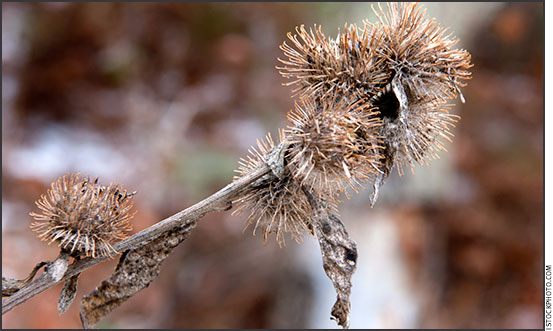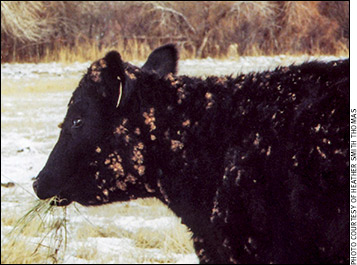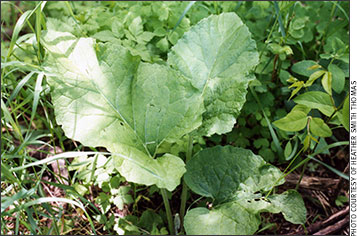
Controlling Burdock
Management tips for controlling and eventually eradicating this invasive species.
Burdock is an invasive plant you don’t want to find in your pastures. The burrs, when ripe, stick to anything that touches them, including cattle. When the dry burrs shatter, the tiny seeds are spread, and they can cause serious eye irritation in cattle.
Several broadleaf herbicides will kill burdock if applied properly, according to Don Morishita, University of Idaho professor of weed science and extension specialist. Burdock plants flower in late summer, producing a mature composite seedhead (burrs) in the fall.
“Burdock is a biennial; it lives for two growing seasons. The first year, it doesn’t grow tall or bloom; it merely stores reserves in its roots, like a carrot (also a biennial),” he says.
The second year, it grows a deep taproot and a tall stalk, producing flowers and burrs. This exhausts food reserves in the root, and the plant dies after burrs are mature. After the stalk comes up in the spring, it is harder to kill with herbicides because the plant is sending food up from the roots instead of down, Morishita explains.
Timing of spray
“Burdock plants are easiest to kill in early spring or in the fall. The first-year plant stays in a rosette stage the first summer (circular cluster of leaves with no tall stalk),” he says.
For the best results, he advises spraying herbicide when the plant is putting food into the root, since herbicide must get into the root to kill it. Use a broadleaf herbicide like 2,4-D that can move down into the root.

Don Morishita says unless controlled, burdock is readily spread to new areas by burrs stuck to animals. Cattle buyers may refuse to purchase animals that are covered with burrs.
“If you spray early in the spring, you generally kill the new young sprouts and last year’s rosettes (plants that are trying to create more food reserves in the roots). If you spray in the fall, you are killing this year’s rosettes — plants that would mature and create burrs next year,” Morishita says.
“Fall is actually a good time to spray burdock to kill young plants that are storing food reserves in their roots for next year’s growth,” he clarifies. “The first hint of cold weather is a trigger to send food to the roots.”
By contrast, Morishita says, by late spring the second-year plant is taking food from its roots to produce leaves and make the push for a tall stalk and blooms. When the food is going up the plant, it’s harder to get herbicide down into the root.
Food reserves in the root are lowest when the plant starts to bloom.
Herbicide use
When using herbicides to kill burdock or other biennial and perennial weeds, don’t overdo it.
“If you use too much, it quickly kills the leaves and doesn’t get down into the taproot. The root survives to regrow. You want slower kill so the leaves survive long enough to transfer herbicide into the root to kill the whole plant. Use the recommended rate and spray lightly — until plants are barely wet but not dripping,” he explains.

“Burdock plants are easiest to kill in early spring or in the fall. The first-year plant stays in a rosette stage the first summer (circular cluster of leaves with no tall stalk),” Don Morishita says.
Morishita cautions landowners against using anything other than broadleaf herbicides. “Burdock is a bare-ground plant; it doesn’t grow well where there’s a lot of grass cover or other competing plants. Don’t use Roundup®, since it kills everything — including the grass that tends to inhibit regrowth of burdock.”
Chopping burdock is effective, but it must be done at the right time or the plant will regrow. The best time to chop it is after the stalk is budding but before burrs are ripe. At that point the food reserves are so low in the root that it cannot regrow, says Morishita.
It may take several years of diligent control to eradicate burdock, since seeds can live a long time. Even though you chop or spray the plants, there may be viable seed in the ground from earlier years. Keep checking the patches and get rid of new plants that grow up from old seeds.
Unless controlled, burdock is readily spread to new areas by burrs stuck to animals. Livestock and wildlife spread this tenacious weed to other fields and pastures. Cattle buyers may refuse to purchase animals that are covered with burrs.
Editor’s Note: Heather Smith Thomas is a cattlewoman and freelance writer from Salmon, Idaho.







